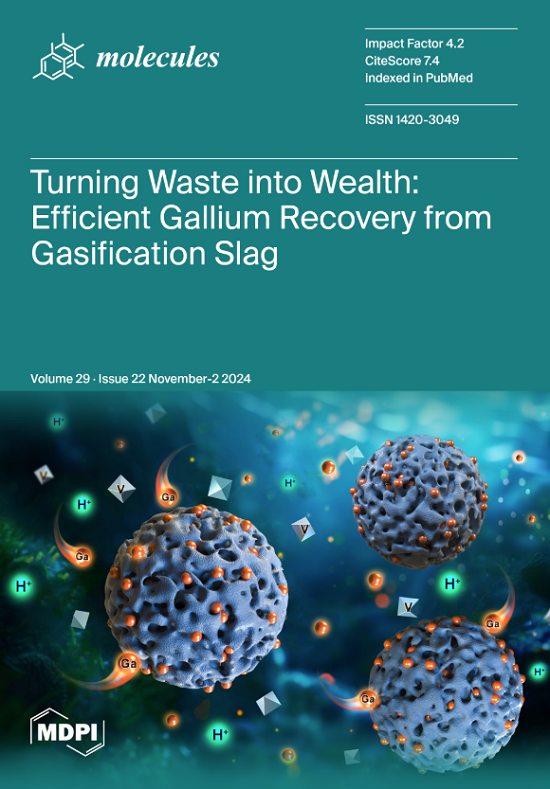二氧代碳酸酯衍生的自愈合、透明、可生物降解和可形状记忆的聚氨酯
IF 4.2
2区 化学
Q2 BIOCHEMISTRY & MOLECULAR BIOLOGY
引用次数: 0
摘要
以二氧化碳基聚(聚碳酸酯)二元醇(PPCDL)、4,4′-亚甲基双(环己基异氰酸酯)(HMDI)、聚丙二醇(PPG)和 1,4-丁二醇(BDO)为原料,制备了一系列二氧化碳基热塑性聚氨酯(TPU)。此外,还系统研究了二氧化碳基热塑性聚氨酯的机械、热、光学和阻隔性能的形状记忆行为,以及生物相容性和降解行为。所有合成的热塑性聚氨酯都是高度透明的无定形聚合物,其玻璃化转变温度约为 15-45 °C,随硬段含量和软段组成的不同而变化。在软段中加入 PPG 后,合成的热塑性聚氨酯具有优异的自愈和形状记忆性能,平均形状固定率和形状恢复率分别高达 98.9% 和 88.3%。此外,二氧化碳基热塑性聚氨酯还具有优异的抗水蒸气渗透性、良好的生物相容性和生物降解性能,这表明它们在聚氨酯行业应用中具有相当大的竞争潜力。本文章由计算机程序翻译,如有差异,请以英文原文为准。
Self-Healable, Transparent, Biodegradable, and Shape Memorable Polyurethanes Derived from Carbon Dioxide-Based Diols
A series of CO2-based thermoplastic polyurethanes (TPUs) were prepared using CO2-based poly(polycarbonate) diol (PPCDL), 4,4′-methylenebis (cyclohexyl isocyanate) (HMDI), and polypropylene glycol (PPG and 1,4-butanediol (BDO) as the raw materials. The mechanical, thermal, optical, and barrier properties shape memory behaviors, while biocompatibility and degradation behaviors of the CO2-based TPUs are also systematically investigated. All the synthesized TPUs are highly transparent amorphous polymers, with one glass transition temperature at ~15–45 °C varying with hard segment content and soft segment composition. When PPG is incorporated into the soft segments, the resultant TPUs exhibit excellent self-healing and shape memory performances with the average shape fixity ratio and shape recovery ratio as high as 98.9% and 88.3%, respectively. Furthermore, the CO2-based TPUs also show superior water vapor permeability resistance, good biocompatibility, and good biodegradation properties, demonstrating their pretty competitive potential in the polyurethane industry applications.
求助全文
通过发布文献求助,成功后即可免费获取论文全文。
去求助
来源期刊

Molecules
化学-有机化学
CiteScore
7.40
自引率
8.70%
发文量
7524
审稿时长
1.4 months
期刊介绍:
Molecules (ISSN 1420-3049, CODEN: MOLEFW) is an open access journal of synthetic organic chemistry and natural product chemistry. All articles are peer-reviewed and published continously upon acceptance. Molecules is published by MDPI, Basel, Switzerland. Our aim is to encourage chemists to publish as much as possible their experimental detail, particularly synthetic procedures and characterization information. There is no restriction on the length of the experimental section. In addition, availability of compound samples is published and considered as important information. Authors are encouraged to register or deposit their chemical samples through the non-profit international organization Molecular Diversity Preservation International (MDPI). Molecules has been launched in 1996 to preserve and exploit molecular diversity of both, chemical information and chemical substances.
 求助内容:
求助内容: 应助结果提醒方式:
应助结果提醒方式:


